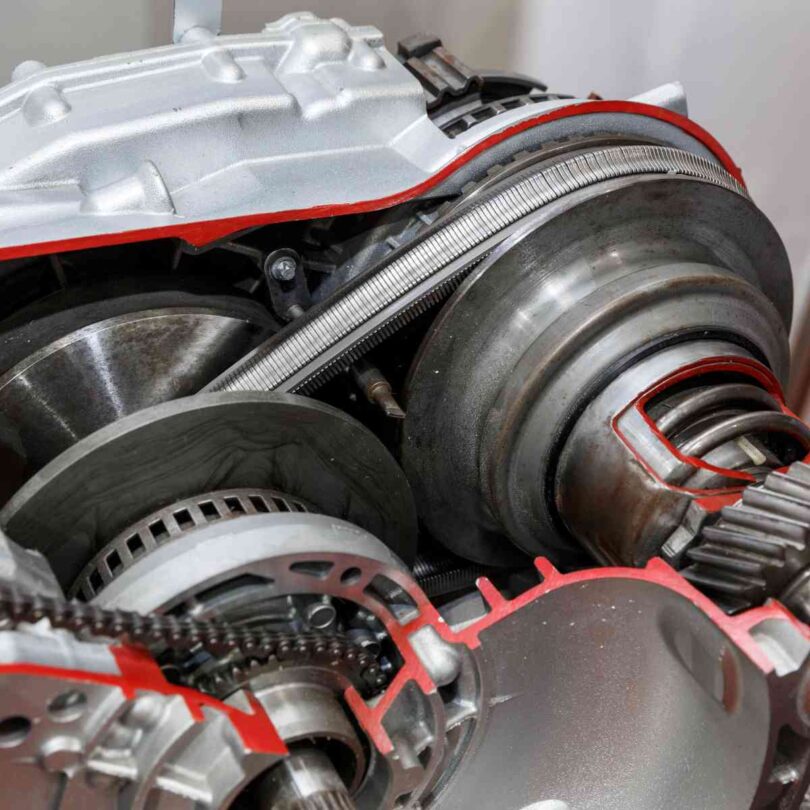If you’ve shopped for a new or used car in the past decade, you’ve likely seen models emphasizing that they have a CVT transmission. But what does it mean if a car has a CVT transmission? We answer that question and more in our guide to CVTs for drivers below!
What Is a CVT Transmission?
What does it mean when a car says it has a CVT transmission? CVT stands for continuously variable transmission, a new type of automatic transmission that’s becoming common in many new vehicles. Unlike a normal automatic transmission, a CVT doesn’t use gears but pulleys connected with a belt. One pulley connects to the engine while the other directs power to the wheels, and the width of these pulleys adapts based on the needed power for more seamless acceleration.
What Are the Benefits of a CVT?
So what advantages does this pulley system offer over a traditional gear system? A CVT can change the gear ratio indefinitely, allowing the engine to run at peak performance more often for longer. In comparison, a normal automatic has 10 gears at most. A CVT has infinite combinations, which means better efficiency and fuel economy.
The CVT is also a much simpler design than the complex system of gears that a typical automatic transmission offers. Plus, since it’s a simpler design with fewer components, it’s quicker and cheaper to assemble and manufacture, making it attractive for carmakers.
What Are the Downsides of a CVT?
While a CVT offers some advantages to drivers, it also has drawbacks that every car owner should consider. For one, many drivers don’t like driving without gears for the transmission and believe having a car with no gears feels awkward and unnatural.
Another problem with continuously variable transmissions is they’re built more for efficiency and simplicity rather than power. They sacrifice performance and acceleration for greater fuel economy, which may be attractive to some drivers but a non-starter for others.
CVT and Cars: The Bottom Line
Now, you should understand what it means if a car has a CVT transmission. For some drivers, there’s little difference between a standard automatic transmission and a CVT, so they just go for the more fuel efficient one. But if you prefer a little more juice in your car’s performance, you’ll probably like a standard automatic or manual transmission vehicle. Carefully weigh the pros and cons of each option for yourself before deciding on a vehicle with or without a CVT.








